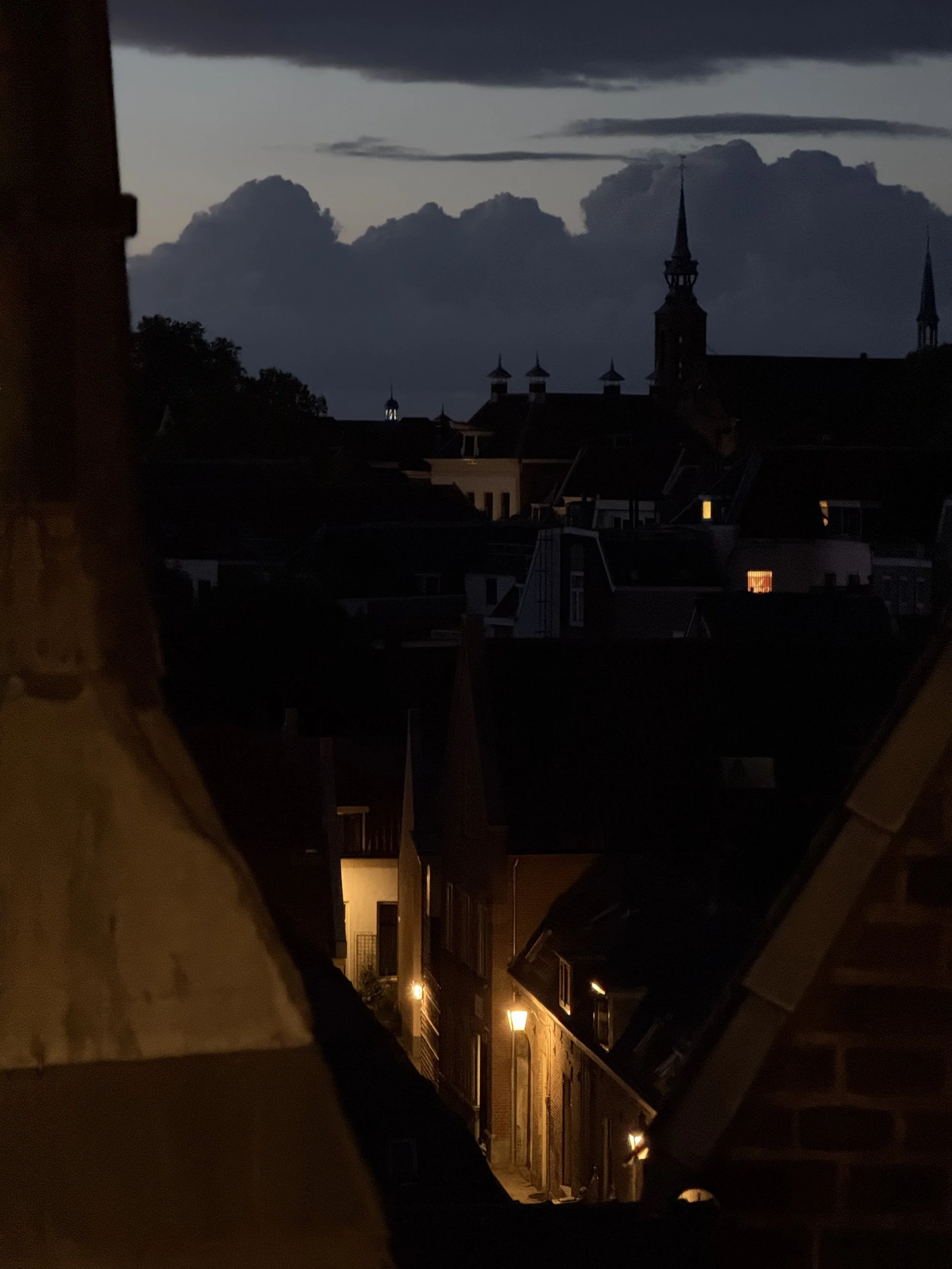Turning back from enlightenment (not)
There’s an idea you’ll hear expressed by some Mahayana lineages that what differentiates a bodhisattva from an arhat is that a bodhisattva turns away from enlightenment in order to remain in samsara and help every living being to reach freedom. That is, they delay their enlightenment in order to help others to reach enlightenment.
There are a lot of problems with this, so I didn’t have any trouble believing my Lama when he taught me that this understanding was wrong, but there’s also something about this not being true that brings up resistance. If I leave samsara in order to reach enlightenment, haven’t I abandoned the beings in samsara?
This stems from a misunderstanding of what samsara is: the idea that samsara is a place, a physical location, a state vector, whatever.
Thing too of this notion that “everything is perfect in this moment just as it is.” If that’s so, why do I hear about pogroms? Why are masked thugs kidnapping U.S. citizens on the streets? Why does the brutal war in Yemen persist? What about what’s going on in Gaza?
These are actually two sides of the same coin.
Samsara is the state of suffering. It has nothing to do with the arrangement of physical things in which one finds oneself. It has to do with one’s relationship to these things. If “everything is perfect in this moment just as it is,” that’s essentially an enlightened state, free from samsara.
If I have to not be present in this physical arrangement of things in order to reach that state, I am not truly out of samsara—I’ve simply found a place where samsara isn’t bothering me so much. Maybe my body doesn’t seem like an impermanent thing at the moment. Maybe I don’t see people suffering around me. And so I feel free of suffering. But this is a deva realm, not freedom, as long as I haven’t actually reached enlightenment.
So the other side of that is that it’s simply not necessary to change the arrangement of physical things in the world in order to reach enlightenment. My vulnerable body can remain a basis for destruction, as they put it in Tibetan (jik ten). There can be people suffering around me. This has to be possible, or I can never actually help anyone, because I can’t be there for them.
At the same time, of course, everything is totally pure, so it can be that in this place of the illusion of physical suffering, there is nobody present who is actually suffering, because we’ve all escaped from suffering.
What really bugged me about this interpretation of things was of course that I was suffering. So the idea that this place is totally pure and perfect in the presence of all this apparent suffering was clearly wrong, since the suffering wasn’t merely apparent: I was actually experiencing it.
There’s this notion of “the problem” that we used to talk about when we were debating at the retreat center. “The problem” is stated in the Diamond Cutter Sutra: “When you have brought every living being to total enlightenment, how many livings will there have been who were brought to total enlightement, Oh Subhuti?"
“Why none, of course, Oh Enlightened One.” What does that mean?
That’s the conundrum. That’s why “turning back from enlightenment” to save all living beings isn’t a thing. If there’s someone here in this place, in this physical arrangement of atoms, in this state vector, who is actually suffering, then I’m here for them. But I don’t have to be suffering to be here for them.
None of this should be taken to mean that I am enlightened. I’m just writing down my understanding of why this notion of turning back is wrong, how things can be completely perfect just as they are when people appear to be suffering, and what to do about it.
